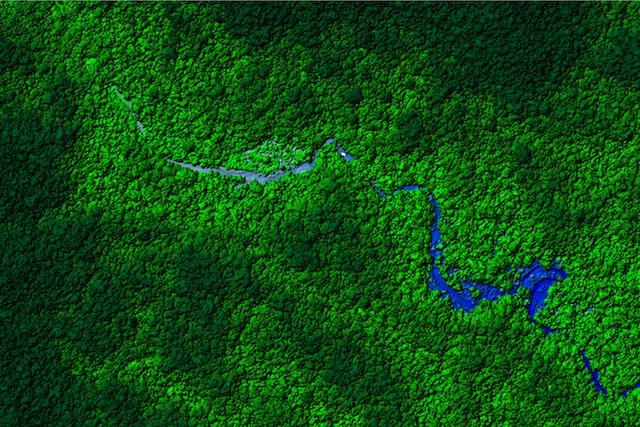Filed under: Aftermarket, Safety, Technology

The view behind a Drexel University professor has never looked better, wider or less distorted than with his all-new rear view mirror that eliminates blind spots.
“Imagine that the mirror’s surface is made of many smaller mirrors turned to different angles, like a disco ball,” said R. Andrew Hicks, a mathematics professor at Drexel, who received a patent on his mirror in May.
Hicks developed an algorithm to control the angle light bounces off the mirror making his curved mirror not act like a curved mirror. The mirror has a field of view of 45 degrees, while most regular rear view mirrors on cars have a field of view between 15 and 17 degrees.
While offering a much wider view, the mirror will not make it onto new U.S. vehicles any time soon. Mirrors on the driver’s side must be completely flat. Ford has one solution for federal regulations with its blind spot mirror, which is regular mirror that includes a convex spotter mirror in the upper left-hand corner.
But judging by photos, Hicks’ mirror offers a much cleaner and less distorted view. It can be sold as an aftermarket accessory, and Hicks has had some interest from manufacturers in producing it.
from Autoblog

![]()




